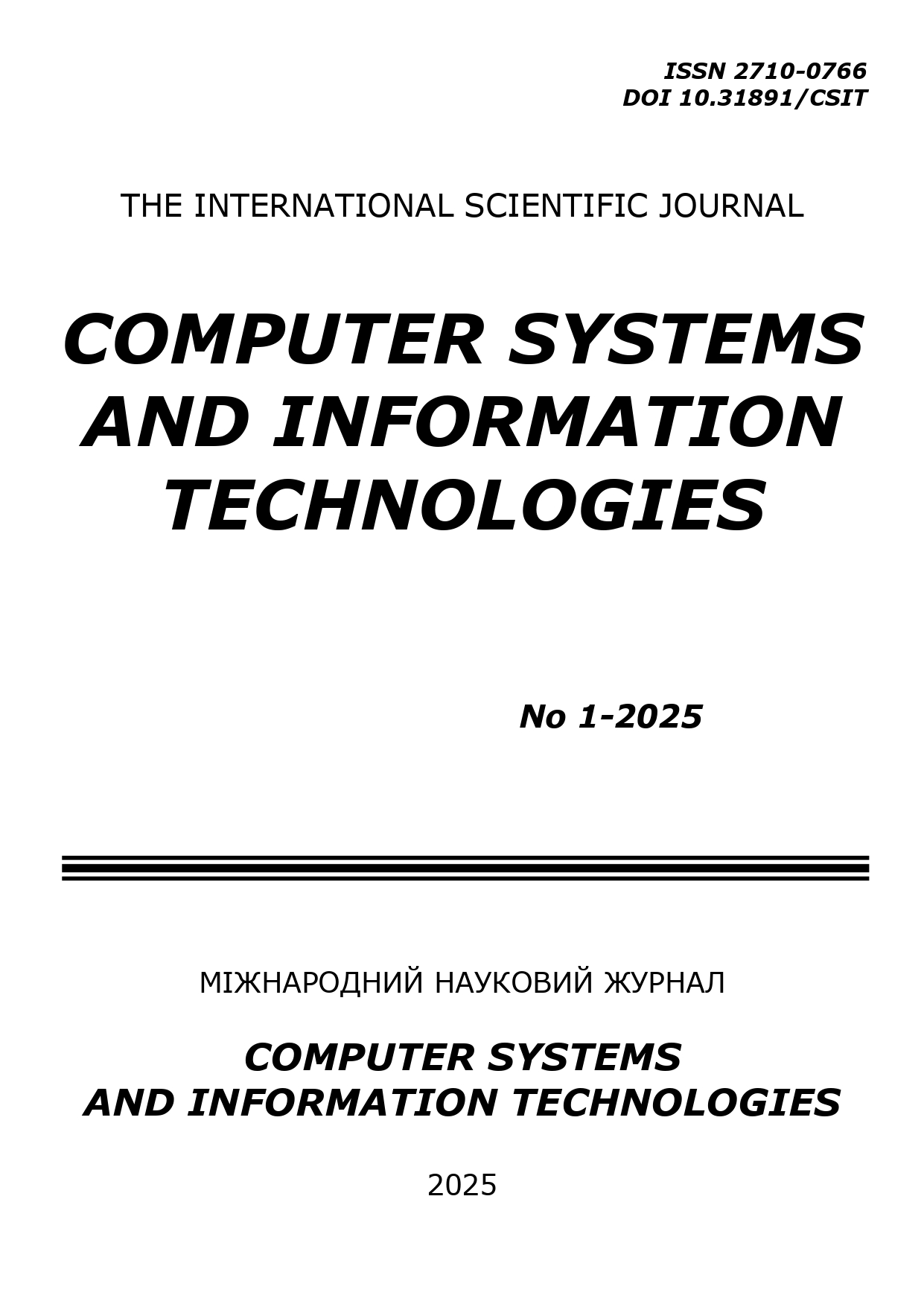MOBILE-ORIENTED CYBER-PHYSICAL SYSTEM FOR FOOD ALLERGEN DETECTION BASED ON MACHINE LEARNING AND IMAGE ANALYSIS
DOI:
https://doi.org/10.31891/csit-2025-1-3Keywords:
cyber-physical system, machine learning, image analysis, mobile technologies, food allergens, object detection, CoreML, TensorFlow, data augmentationAbstract
The prevalence of food allergies necessitates the development of effective methods for the timely detection of allergenic components in food products to prevent dangerous medical reactions. In this work, a mobile-oriented cyber-physical system is proposed, leveraging state-of-the-art machine learning techniques and image analysis for the automated detection of food allergens. The developed system integrates the capabilities of mobile devices equipped with high-quality cameras and efficient computational resources, enabling accurate processing and classification of food product images either locally or via cloud-based inference. This approach ensures flexibility in deployment while maintaining high detection accuracy across diverse environments.
This study examines both the theoretical and practical aspects of applying deep neural networks to object recognition tasks. Particular emphasis is placed on the EfficientDet model, which, due to its optimal balance between detection accuracy and computational cost, represents a promising solution for mobile applications. To enhance recognition performance, image pre-processing methods—including normalization, scaling, and data augmentation—are employed to increase the model’s resilience to variations in imaging conditions.
The methodology for data collection and image annotation is described in detail, including the pre-processing procedures that ensure improved model robustness under diverse external conditions. Experimental investigations conducted on a large annotated dataset demonstrate the high accuracy and effectiveness of the system in detecting the presence of food allergens, thereby enabling the prompt identification of potentially hazardous components.
The results of the work highlight the practical applicability of the proposed system in mobile applications for monitoring food quality and preventing allergic reactions. The conclusions outline prospects for further research, focusing on expanding the platform’s functional capabilities through the integration of additional sensor technologies and the refinement of data processing algorithms.
Downloads
Published
How to Cite
Issue
Section
License
Copyright (c) 2025 Валентин ТАЛАПЧУК, Олена ЗАЙЦЕВА

This work is licensed under a Creative Commons Attribution 4.0 International License.

